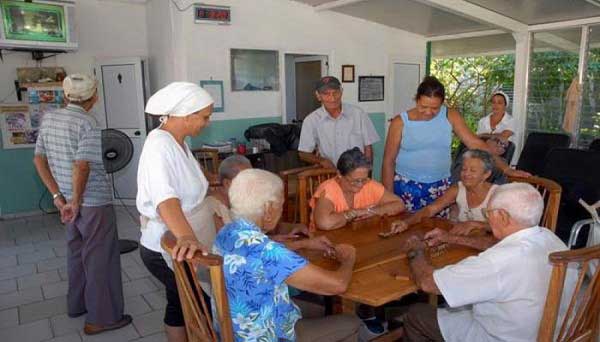
The aging issue in Cuba is a concern nowadays, a country where, in 2022, the population percentage over 60 years old was 21.9, according to data from the National Bureau of Statistics and Information (ONEI), and it is estimated to go up to 33.2% by 2050.
Havana, Cuba.- The head of the National Research Program on Aging, Longevity, and Health, Liliam Rodríguez Rivera, assured in an exclusive interview with Prensa Latina that aging is one of the foremost challenges of Cuban society and a strategic phenomenon for the country’s sustainability.
According to ONEI, Cuba will have more than two million people aged 60 and over by the end of 2023. An accelerated demographic aging, compatible with that of developed countries and the largest in the region, which, according to estimates, will become the most aged country in the Americas by 2030, even above Canada and the United States.
In her statement, she noted that major causes are linked to the rising life expectancy (78.4 years overall, 80 for women and 76.5 for men), the decreased child mortality, and in other age groups, a marked reduction in fertility, population decline due to fewer births and a negative migratory balance, among other factors.
Rodriguez Rivera also pointed out a notorious issue in Cuba, “there is an aging of aging, that is to say, the population group that is aging the most is the one aged 80 years and over, which is important for designing public and healthcare policies, in addition to the feminization of old age.”
Providing further details on the areas of action proposed by the Decade of Healthy Aging, she stressed the significance of the Network of Friendly Cities (socialization gaps) with over 200 in Latin America, and in which Cuba has reported the Revolution Square municipality, the oldest in the country.
Rivera also stressed how these healthcare services including the application of national medicines facilitated lower respiratory infections, urinary, and skin sepsis, and low lethality associated with COVID-19 in this population group. (PL)






